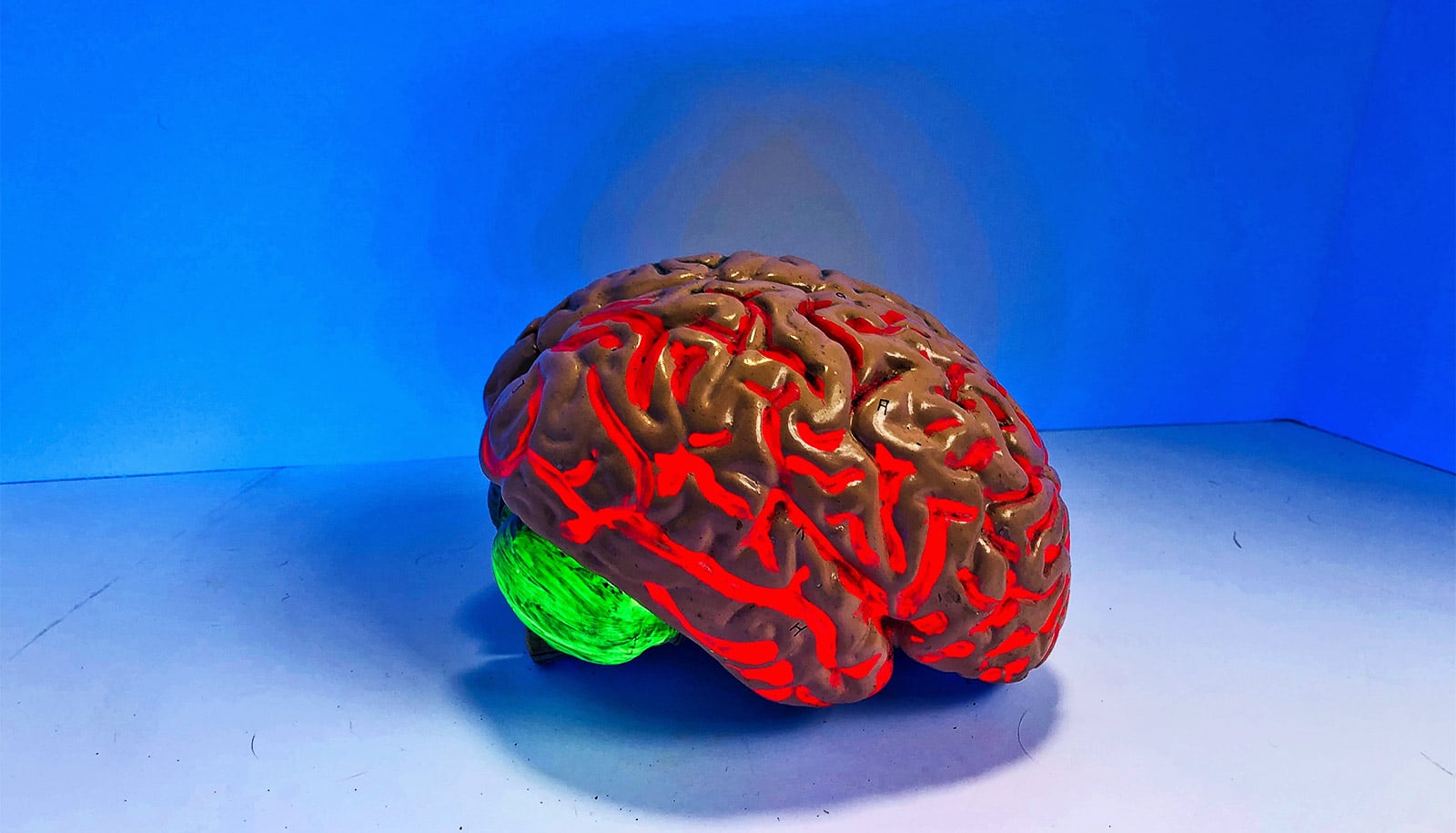Researchers have used silicone and sugar to make the softest brain implant ever.
The new implant could reduce the foreign body response, which can lead to inflammation and scar tissue.
The implant has the thickness of a thin sewing thread (~0.2 mm), and the consistency of soft pudding—as soft as the brain itself.
Brain implants are used to treat neurological dysfunction, and their use for enhancing cognitive abilities is a promising field of research. Implants can monitor brain activity or stimulate parts of the brain using electrical pulses. In epilepsy, for example, they can determine where in the brain seizures are happening.
Over time, implants trigger a foreign body response, creating inflammation and scar tissue around the implant that reduces their effectiveness.
The problem is that traditional implants are much more rigid than brain tissue, which has a softness comparable to pudding. Stress between the implant and the tissue caused by constant movement of the brain with respect to the implant signals the body to treat the implant as a foreign object.
This interaction between the implant and the brain is similar to a knife cutting into a piece of pudding. An implant as soft as brain tissue would be ideal, but such soft implants would be difficult to manufacture and implant on the microscale.
The scientists used silicone polymers, widely known for their medical applications, and then implanted it into the brain using a trick from a cookbook.
The researchers adopted classical cooking techniques of sugar melting, caramelizing, and molding both for making the implant, as well as for encapsulating it into a needle made of hardened sugar.
When surgically inserted into the brain of an anesthetized rat, the sugar needle carried the implant to the right location, and dissolved within seconds, leaving the delicate implant in place. Sugar is non-toxic and the brain naturally metabolizes it. Examining brain tissue three and nine weeks after implantation, the team found higher neuronal density and lower foreign body response compared to traditional implants.
While more research is needed to develop electrically active, soft implants, and to prove the safety and effectiveness of the technique in humans, it could one day unlock the potential of brain implants in treating neurological disease and dysfunction.
“The implants we created are so soft that the body doesn’t see it as a big threat, allowing them to interact with the brain with less interference,” says Edward Zhang of McGill University and first author of the paper in Advanced Materials Technologies.
“I am excited about the future of brain implant technology and believe our work helps pave the path for a new generation of soft implants that could make brain implants a more viable medical treatment.”
“By reducing the brains inflammatory response, our new, very soft implants are a good thing for the brain and a good thing for the long-term function of an implant,” says Tim Kennedy, a researcher at the Neuro, the Montreal Neurological Institute-Hospital and the study’s co-senior author. “The miniature sugar needle devised by Zhang is a sweet solution to placing the super-soft implant into equally soft brain tissue.”
“Biomedical engineering research is about making the impossible, possible,” says David Juncker, a professor of biomedical engineering at McGill and the study’s co-senior author. “Here we set out to make an implant as soft as the brain and implant it into the brain, which was a major challenge. We are excited about the results, and the possibility it opens up for long lasting, well-tolerated brain implants”
The Natural Sciences and Engineering Research Council of Canada, The Canadian Institutes of Health Research, and Healthy Brains, Healthy Lives funded the work.
Source: McGill University



